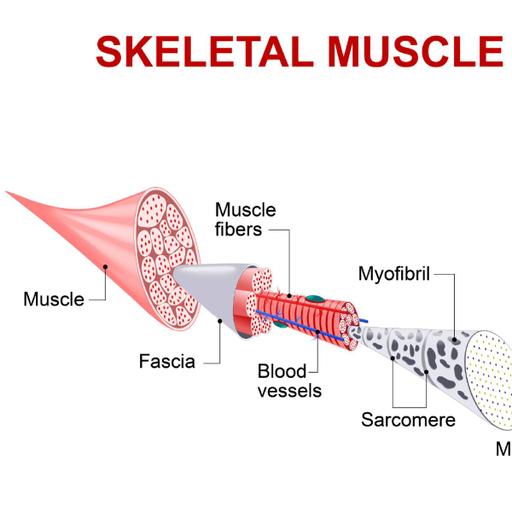Structure of Skeletal Muscles-Part 1
Presentations | English
Skeletal Muscle is a form of fibrous tissue with the fibres arranged parallel to each other. A muscle fibre (cell) is surrounded by the endomysium. A group of these cells is wrapped by fascicles. Bundles of fascicles are covered by the perimysium and bundles of the perimysium are wrapped by the epimysium to form a muscle. The muscle fibres have contractile properties which enable them to move “bony levers in order to produce skeletal movement”. The functional unit of the muscle fibre is the sarcomere which consists of most importantly, actin and myosin. The actin and myosin are arranged such that during contraction, they can slide over each other thus shortening the muscle. Muscle contraction can largely be attributed to the structure of actin and myosin, their arrangement within the SR and the interaction between them in order to produce force. This type of arrangement allows the thin actin filaments to slide in and out by the action pull of the myosin heads.

7.25
Lumens
PPTX (29 Slides)
Structure of Skeletal Muscles-Part 1
Presentations | English
